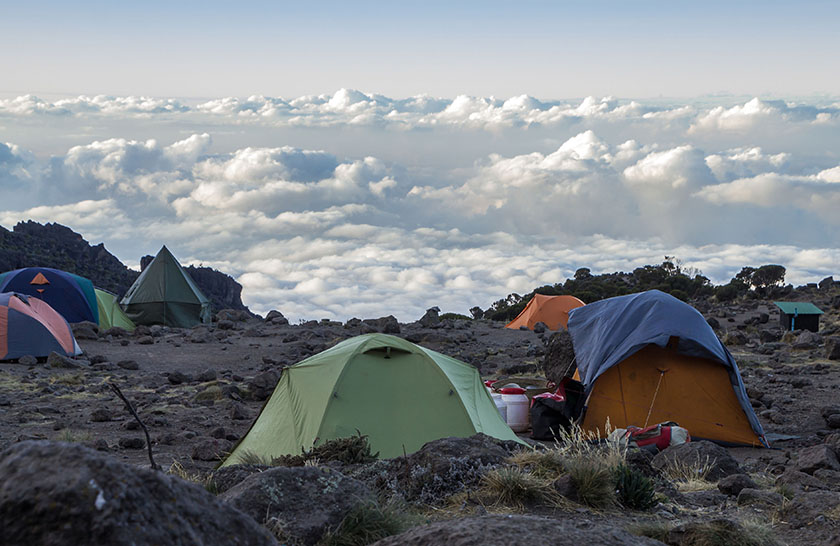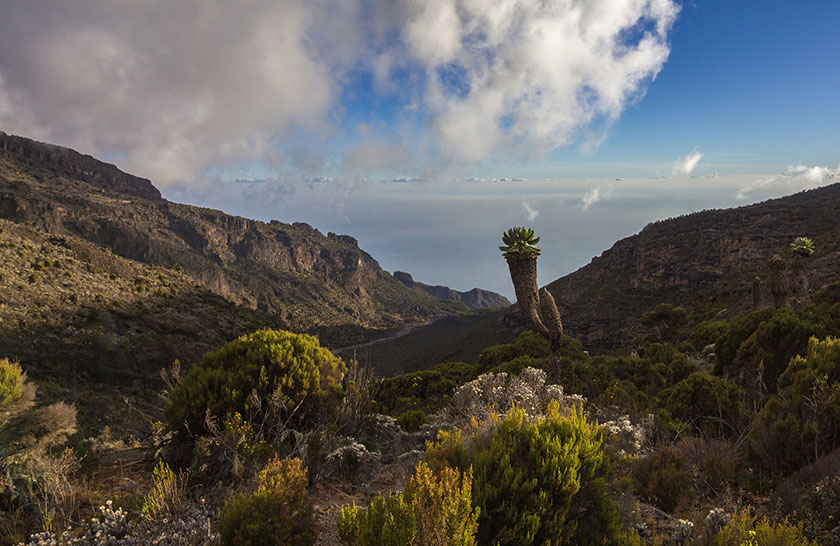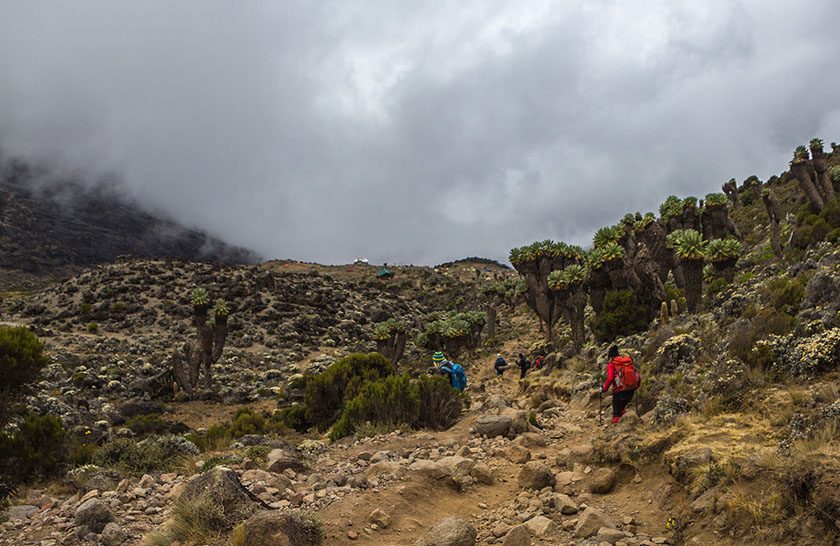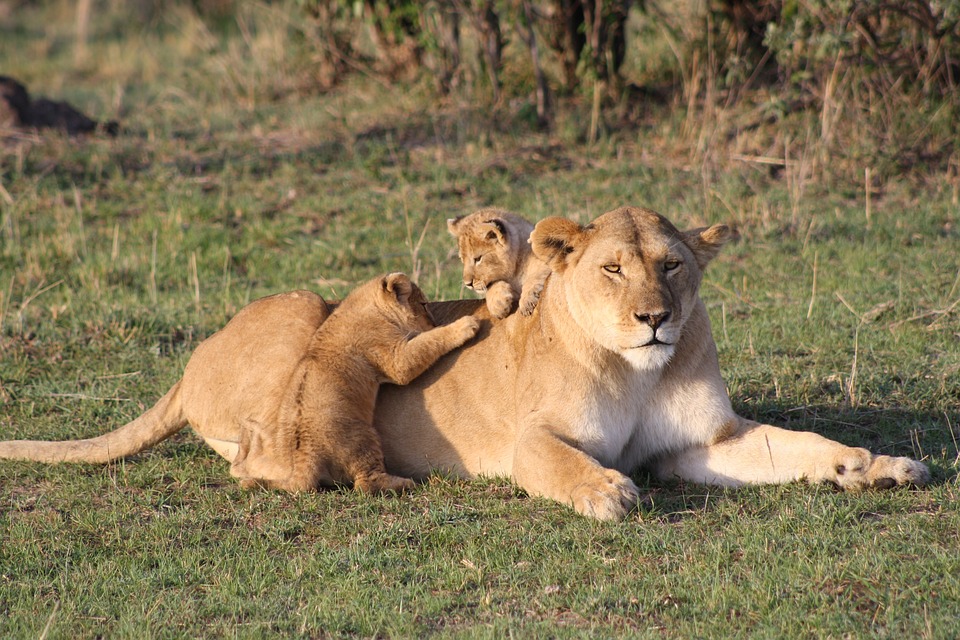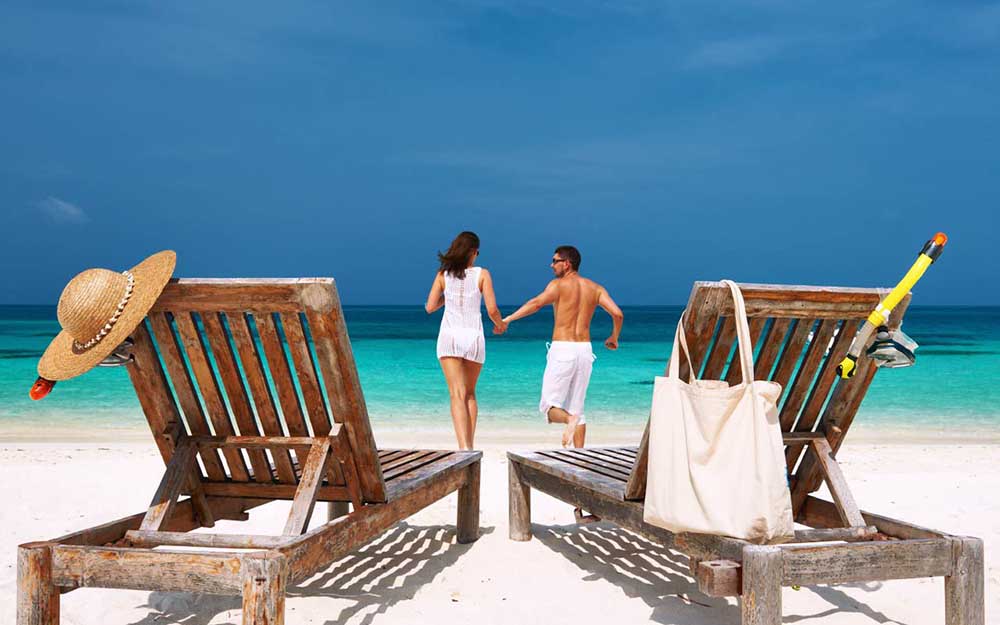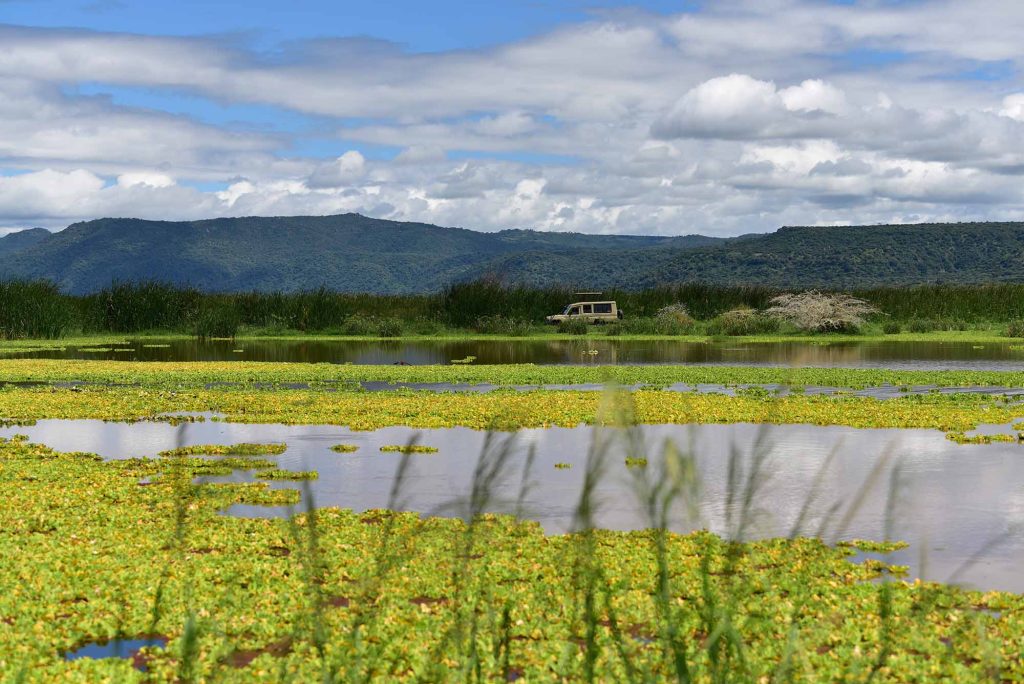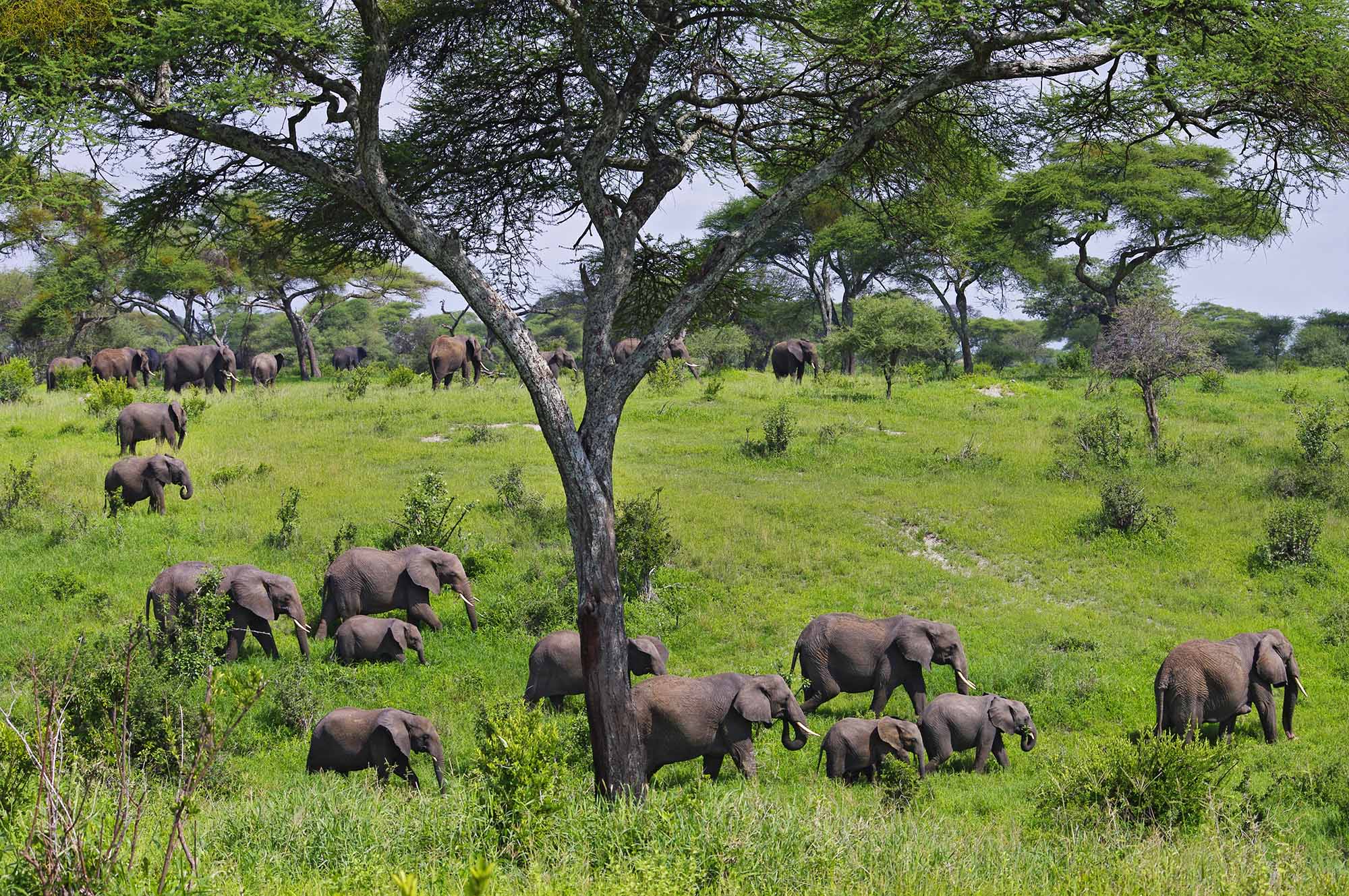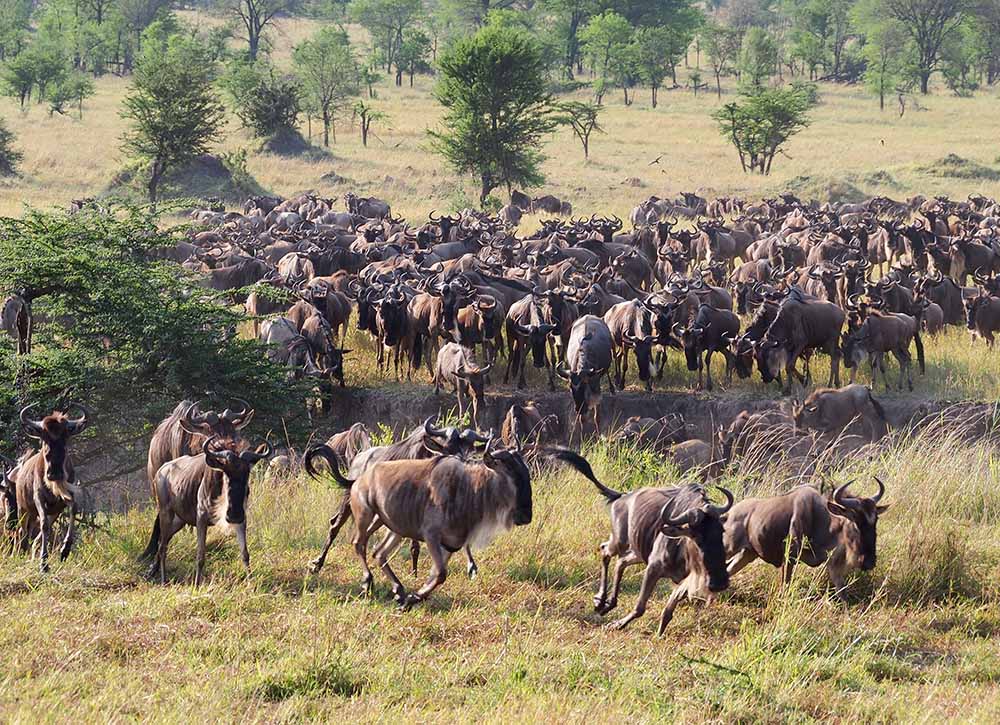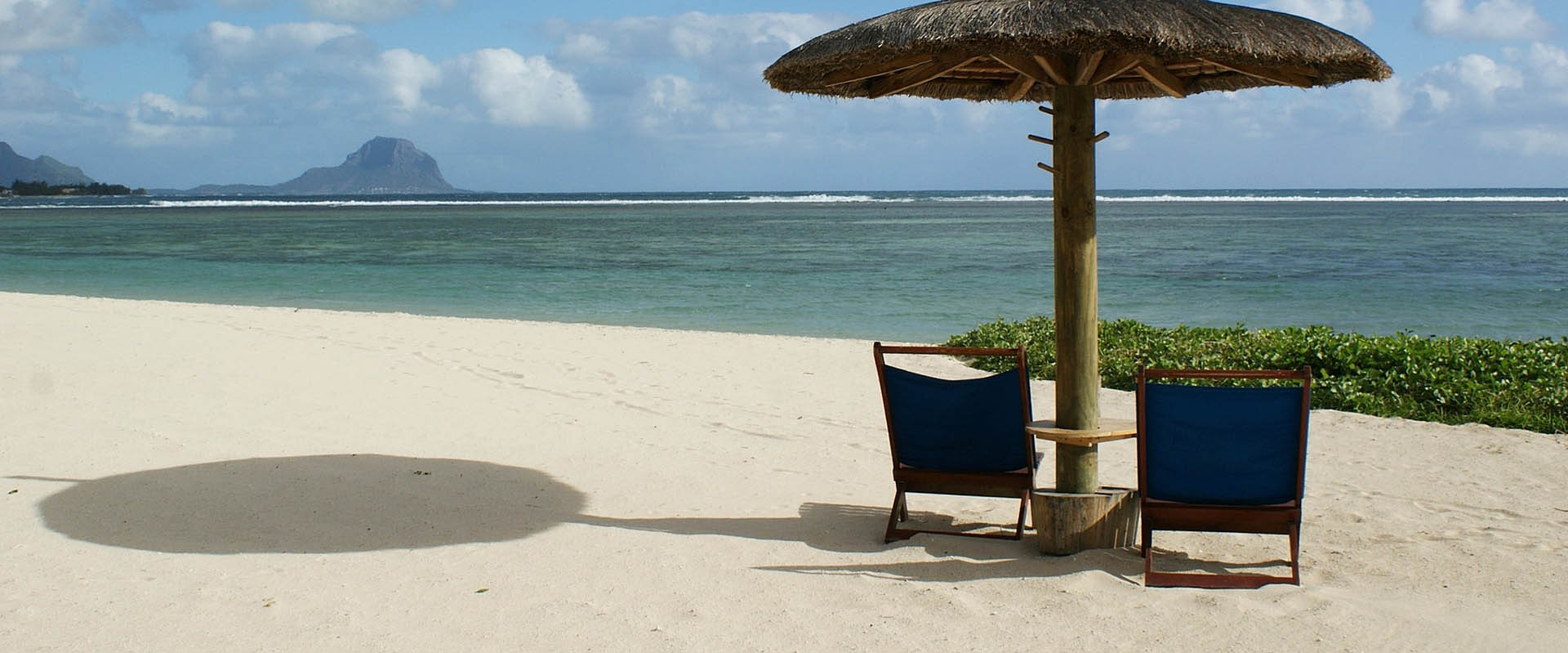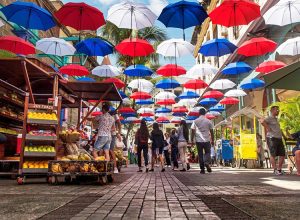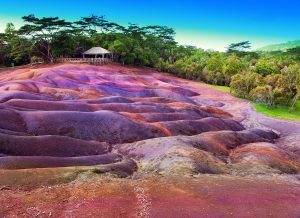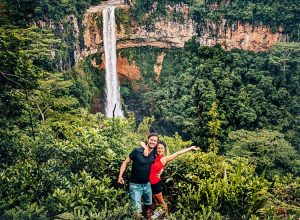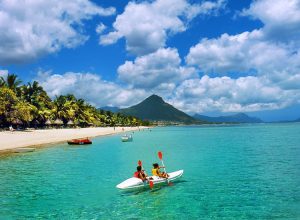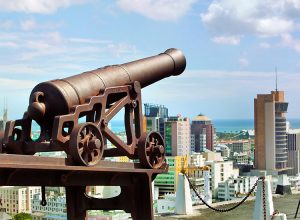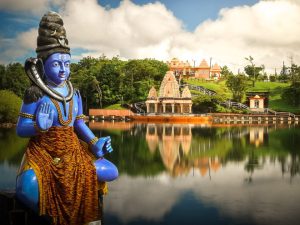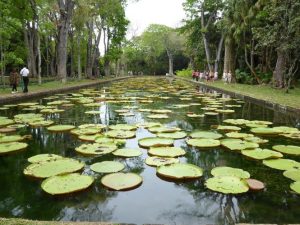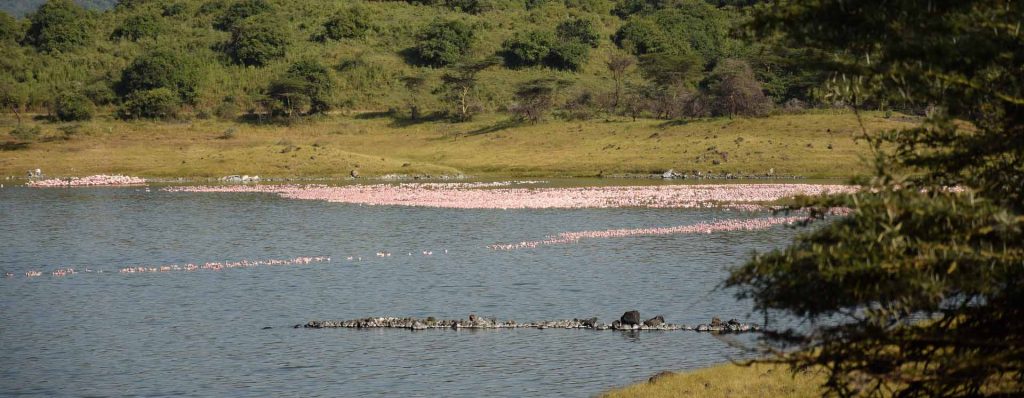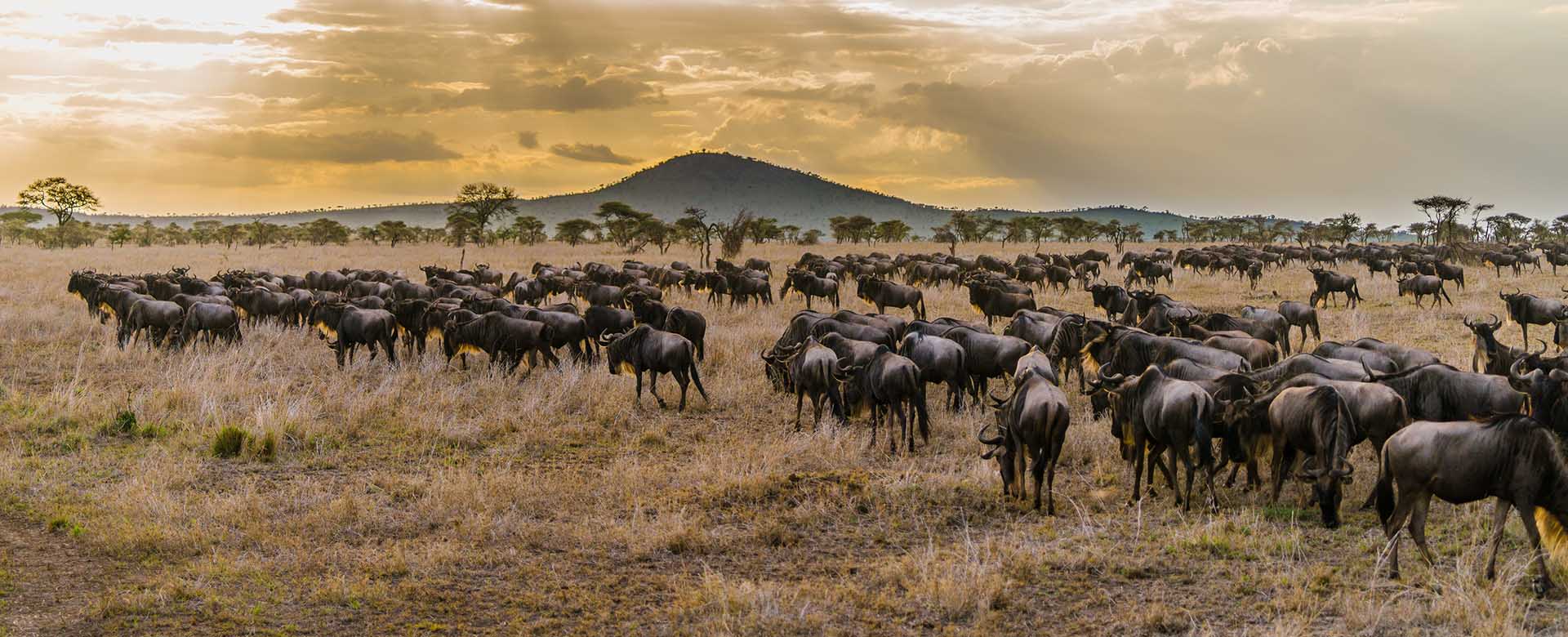9 Days Climbing Kilimanjaro expedition, Umbwe route in 6 days
Umbwe route is the shortest of all routes in terms of the distance you travel to the top of Kilimanjaro. Therefore the increase in altitude per day is very high. You hike steep through the valley and directly up to the summit. Because this route is so extreme and demands a lot from your body, it is also known as the “Double Whiskey Route”. The Umbwe route is only suitable for climbers who have already been at a comparable altitude and know how their body reacts to such an extreme increase in altitude.
If you want to add an additional day to the Umbwe route, this is of course possible and even recommended. An extra day gives your body more time to get used to the altitude and increases the chance that you will reach the top of Kilimanjaro without suffering from altitude sickness.
Sir Tours offers a unique service throughout the climb:
Climbing Kilimanjaro is the ultimate challenge! You will be accompanied by professional guides, porters and a cook during your ascent via Umbwe route. Mountaineering is a relatively primitive sport. You will sleep in simple tents during the ascent. But they are of high quality. Our crew will take care of you and perform a health check every morning and evening to make sure everything is in order.
In addition, the accompanying cook will serve you delicious food during this tour. The quality of the food is at the top of our priority list, as you depend on good food during the strenuous climb. If you would like to have a look at the menu in advance, we will be happy to send it to you.
Our customers experience climbing Kilimanjaro via Umbwe route as an unforgettable experience! As soon as you have confirmed your booking with us, we will send you a comprehensive document to prepare for the trip.
As soon as you have confirmed your booking with us, we will send you a comprehensive document to prepare for the trip.
Price information…please contact us:
Day 1: Arrival Kilimanjaro airport
Upon your arrival at Kilimanjaro International Airport, our guide will take you to the hotel. Here you can recover from the flight and get used to the African environment. An acclimatization day in the hotel on day two is recommended, but you can also start the climb the next day.
The hotel in the program below is an example. The first night is not included in the quoted price. This is because we have hotels in different price ranges and want to accommodate you according to your preference! We work with more than 37 hotels in the Kilimanjaro region, ranging from hotels charging just $35 per person per night (based on bed & breakfast) to more luxuries five-star hotels. Our prices are never higher than on booking.com. Ask us about the options!
Day 2: Umbwe Gate (1,400 m/ 4,593 ft) – Umbwe Cave Camp (3,000 m/9,843 ft)
Elevation gain: 1600 m/ 5,249 ft | Distance: 11 km | Walking time: 5-7 hours | Difficulty: medium | Environment: heather
Today your driver will pick you up at the hotel and drive you to the Umbwe Gate to complete the registration formalities. Your Kilimajaro climb begins through a dense rainforest with huge fig trees. You can hear and see different types of animals, such as the rare black and white colobus monkey. Near the Umbwe River the route becomes steeper and you will need more energy. As you climb, you can already see the Kibo peak in the distance and admire the deep valleys around you. The climb ends after 5-7 hours in Umbwe Cave Camp.
Day 3: Umbwe Cave Camp (3,000m /9,843 ft ) – Barranco Camp (3,960m / 12,992 ft)
Elevation gain: 850 m/ 2,787 ft | Distance: 6 km | Walking time: 4-5 hours | Difficulty: medium | Environment: heather
Today you leave the rainforest and enter the heather with rocks and valleys around you. You will pass trees entwined with moss, also known as goatee lichen. The ascent becomes steeper at the Umbwe Route Ridge and flattens out again near the Barranco Valley. Every now and then you can see the Kibo peak in the distance. After a hike of 4 to 5 hours you will have dinner and overnight at the Barranco Camp in the valley below the Barranco wall.
Day 4: Barranco Camp (3,960m/12,992 ft ) – Karranga Camp (3,950m/12,959 ft ) to Barranco Wall (4,200m/13,779 ft )
Elevation gain: 240 m/ 787 ft | Elevation loss: 250 m/ 820 ft | Distance: 5 km | Walking time: 4-5 hours | Difficulty: medium | Environment: heather
After breakfast you hike from Barranco Camp to the Barranco wall. For many people, this is the most popular part of the climb, largely due to the beautiful views. When you reach the top of the Barranco wall for example, you have a spectacular view of the Kibo volcano to the left and of Mount Meru to the right. Then a more difficult hike to Karanga Camp begins. This route has many ascents and descents. Our guides are experts in choosing the right route and pace. When camp is reached, it is time for lunch. After a couple of hours break, you can go on an acclimatization hike towards Barafu Camp. There you can do a 300 meter climb and then descend back to Karanga Camp.
Note: The acclimatization hike is an easy hike with a slight increase in altitude. This speeds up the acclimatization process in your body. The acclimatization walks are very important because they increase your chances of successfully summiting Kilimanjaro and they reduce the risk of altitude sickness.
Day 5: Karranga Camp (3,950m/ 12,959 ft) – Barafu Camp (4,640m/ 15,091 ft)
Elevation gain: 690 m/ 2,133 ft | Distance: 6 km | Walking time: 4-5 hours | Difficulty: medium | Environment: alpine desert
After breakfast the hike to Barafu Camp begins. This is the starting point for your summit push to Uhuru Peak which begins around midnight – to the Uhuru Peak! You will arrive at the camp around noon. Tents are set up in advance so you can relax here on arrival. After you regain your strength, you can take another acclimatization walk to Kosovo Summit Camp (4800 m) and then back to Barafu Camp. A hot meal will be served there on your return and you can relax for the rest of the day before starting the climb to the top of Kilimanjaro!
Dag 6: Barafu Camp (4,640m/ 15,223 ft) – Uhuru Peak (5,895m/ 19,340 ft) – Millennium Camp (3,820 m/ 12,533 ft)
Elevation gain: 1255 m/ 4,117 ft | Elevation loss: 2075 m/ 6,808 ft | Distance: 15 km | Walking time: 8-12 hours | Difficulty: difficult | Environment: arctic
You start your summit push to Uhuru Peak around midnight. It’s an ascent on good trails, the most difficult factor is the altitude. There is 1 guide for every 2 climbers so that he can keep a close eye on the physical and mental state of the climbers. If the climb is successful, you can enjoy a beautiful sunrise at the top. Rejoice that you made it – you are standing on the roof of Africa! After partying at the summit, you can descend to the next glacier. You will then return to Barafu Camp to continue the descent to Millennium Camp after a two hour break. When descending, be careful where you put your feet to avoid injury.
Day 7: Millennium Camp (3,820 m/ 12,533 ft) – Mweka Gate (1,650m/ 5,413 ft)
Elevation loss: 2170 m/ 7,119 ft | Distance: 12 km | Walking time: 4-5 hours | Difficulty: medium | Environment: rainforest
The camp is located in a tropical rainforest. After you have slept, you will feel pleasant due to the low altitude and you will certainly still be euphoric because of yesterday’s summit success. After breakfast, you walk to the exit of the national park. After the descent, the whole group comes together to congratulate each other and your driver will take you back to the hotel, where you can recover from the rigors of the climb.
Day 8-9: Kilimanjaro Airport
Today you can relax at the lodge or explore the surrounding area. You can choose to extend your journey with a beautiful Sir Tours Safari. Another option is to unwind on the tropical Zanzibar island or one of the other exotic beach destination Mafia Island. If you choose to go home after your Kilimanjaro trek, you fly back home on day 9.
INCLUDED IN THE PRICE:
- Pick up Kilimanjaro Airport, transfer to lodge/hotel
- Transfer lodge/hotel to Kilimanjaro Airport
- Private guide speaking fluently English
- Private cook speaking fluently English
- Park Fees for national park
- Porters who carry your luggage
- High quality tents
- Chairs and tables for breakfast, lunch and dinner
- Dinner-tent
- Rescue fee
- Portable toilet
EXCLUDED FROM THE PRICE:
- International flight tickets and tourist visa
- Accommodation on day of arrival and departure
- Insurances (travel, flying doctors etc)

